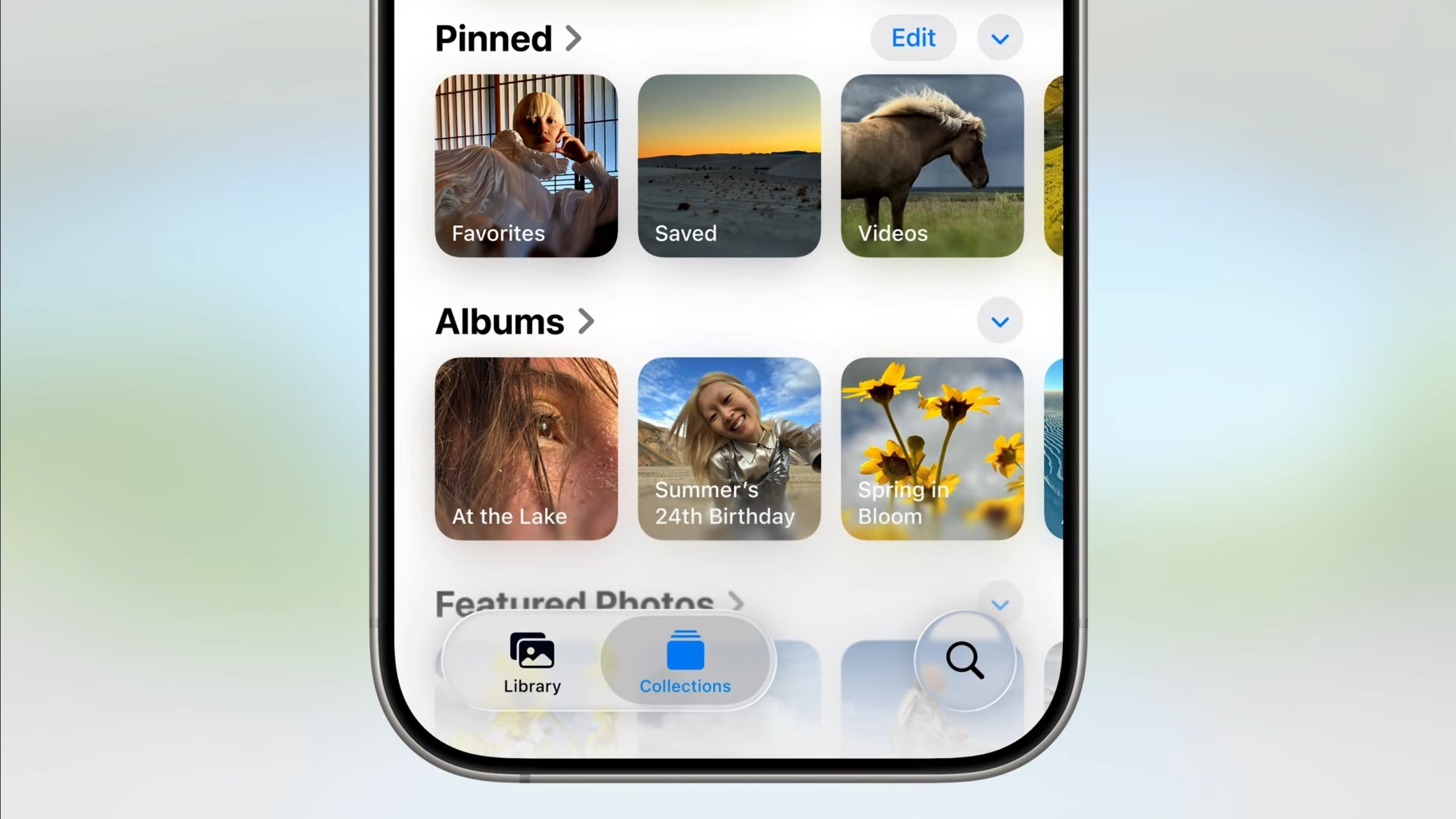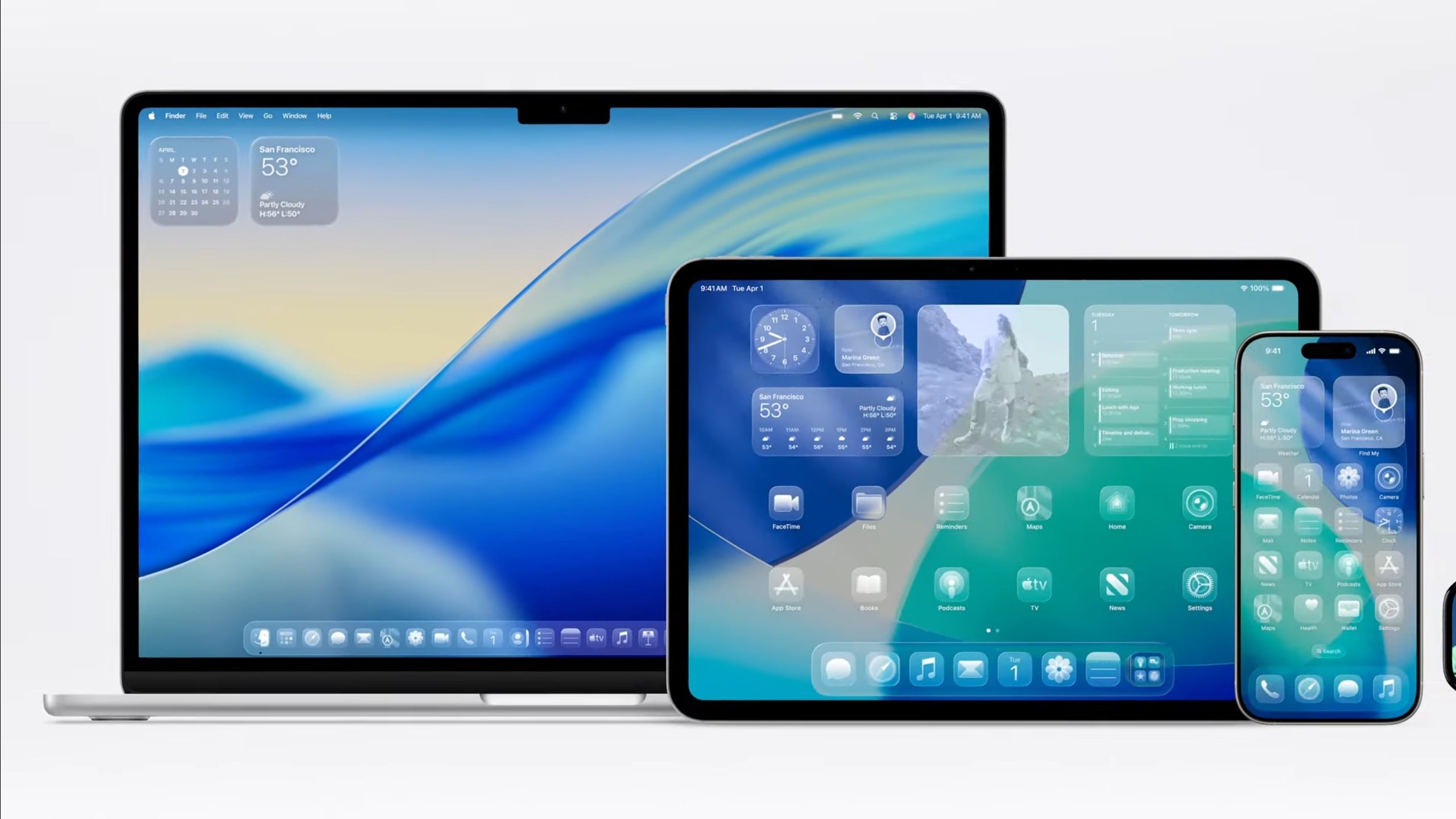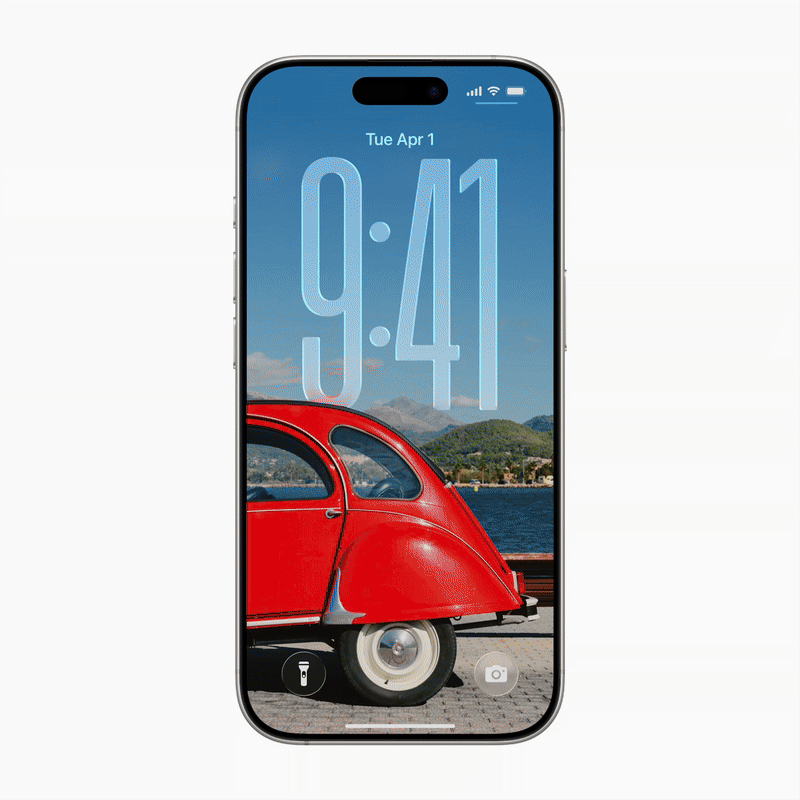It’s that time of year again – Apple just unveiled iOS 26 during its WWDC event, and while the update won’t arrive on your iPhone until later this year (likely with the iPhone 17 this fall), there’s already a lot to unpack. 
The standout feature? A bold new design.
Yes, iOS 26 marks a major shift in Apple’s visual direction. To understand this evolution, we need to look back. When the original iPhone launched nearly 20 years ago, Apple’s software was designed to look familiar, with elements like Notes resembling a yellow legal pad and Maps mimicking a folded paper map
. These features helped users understand how to interact with the touchscreen interface before the technology became second nature.
Fast forward to 2013, when iOS 7 introduced a fresh approach – a minimalist, flat design focused on simplicity, transparency, and vibrant colors. This overhaul ditched the real-world references and textures that defined the earlier iOS designs. Fast forward another decade, and Apple is once again updating its aesthetic with iOS 26. This design overhaul also extends across other operating systems – iPadOS 26, watchOS 26, macOS 26, visionOS 26, tvOS 26, and CarPlay.
So, why the big redesign now? The most significant change is the adoption of a style called Liquid Glass. Inspired by the futuristic look of visionOS, this new aesthetic brings a glossy, almost transparent vibe to everything. You’ll see more light, glass-like transparency in toolbars, tabs, and in-app elements, and icons and widgets have been redesigned to match. Safari’s address bar is now translucent, and even the Camera app has been updated to match this glass-inspired look.
Pop-out menus have become a key design feature, making navigation feel more dynamic and interactive. 
One of the most exciting aspects is the new real-time responsiveness to your phone’s surroundings, including automatic adjustments between dark and light modes.
Apple is not just refreshing the software for the sake of aesthetics; this is setting the stage for the future. iOS 26 signals the beginning of what’s next for Apple’s hardware, especially with an upcoming 2027 release expected to be a major iPhone redesign. Internally dubbed “Glasswing,” this upcoming iPhone is rumored to feature ultra-thin bezels, wraparound glass sides, and a notch-free display. The Liquid Glass aesthetic seems to be laying the foundation for this major hardware shift.
So, while iOS 26 is already a big change in itself, it’s also preparing us for the iPhone of the future.
3 comments
Seems like Apple’s just trying to get us ready for the new iPhone. I’m excited to see what the ‘Glasswing’ iPhone will look like 😎
Pop-out menus sound fun! Hopefully, they don’t get too annoying after a while 🤦♀️
The new Liquid Glass design looks great, but I hope it’s not too glossy on actual screens. Too much of a good thing can hurt usability